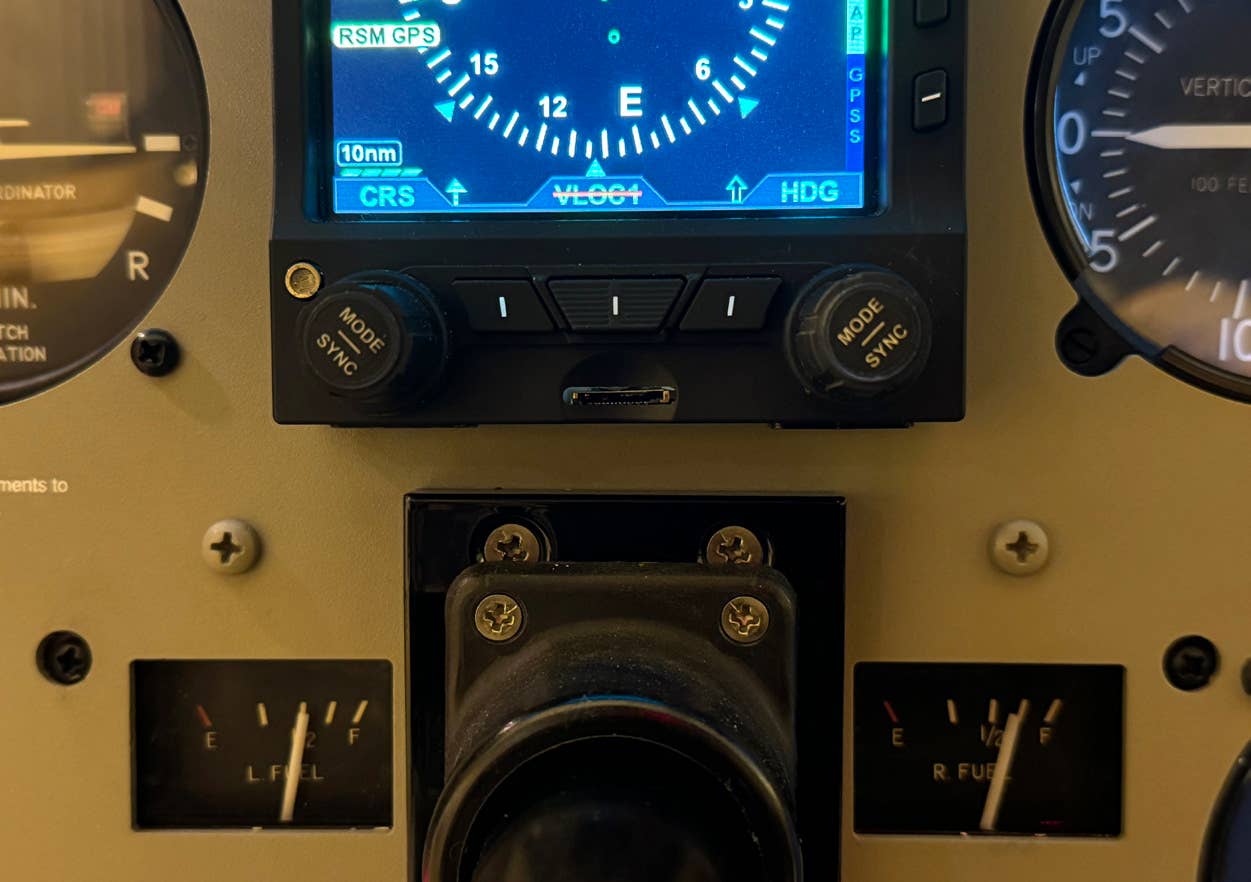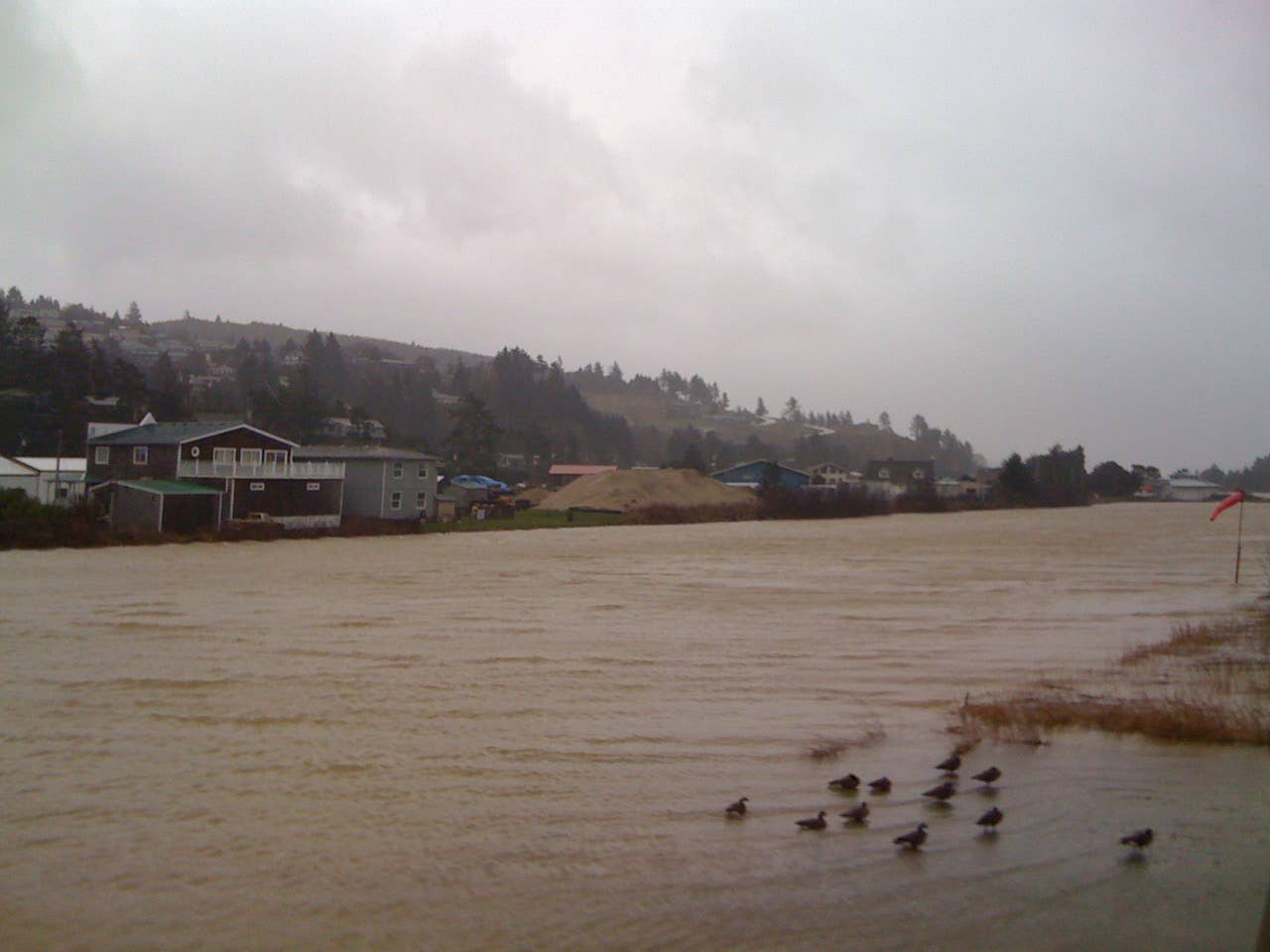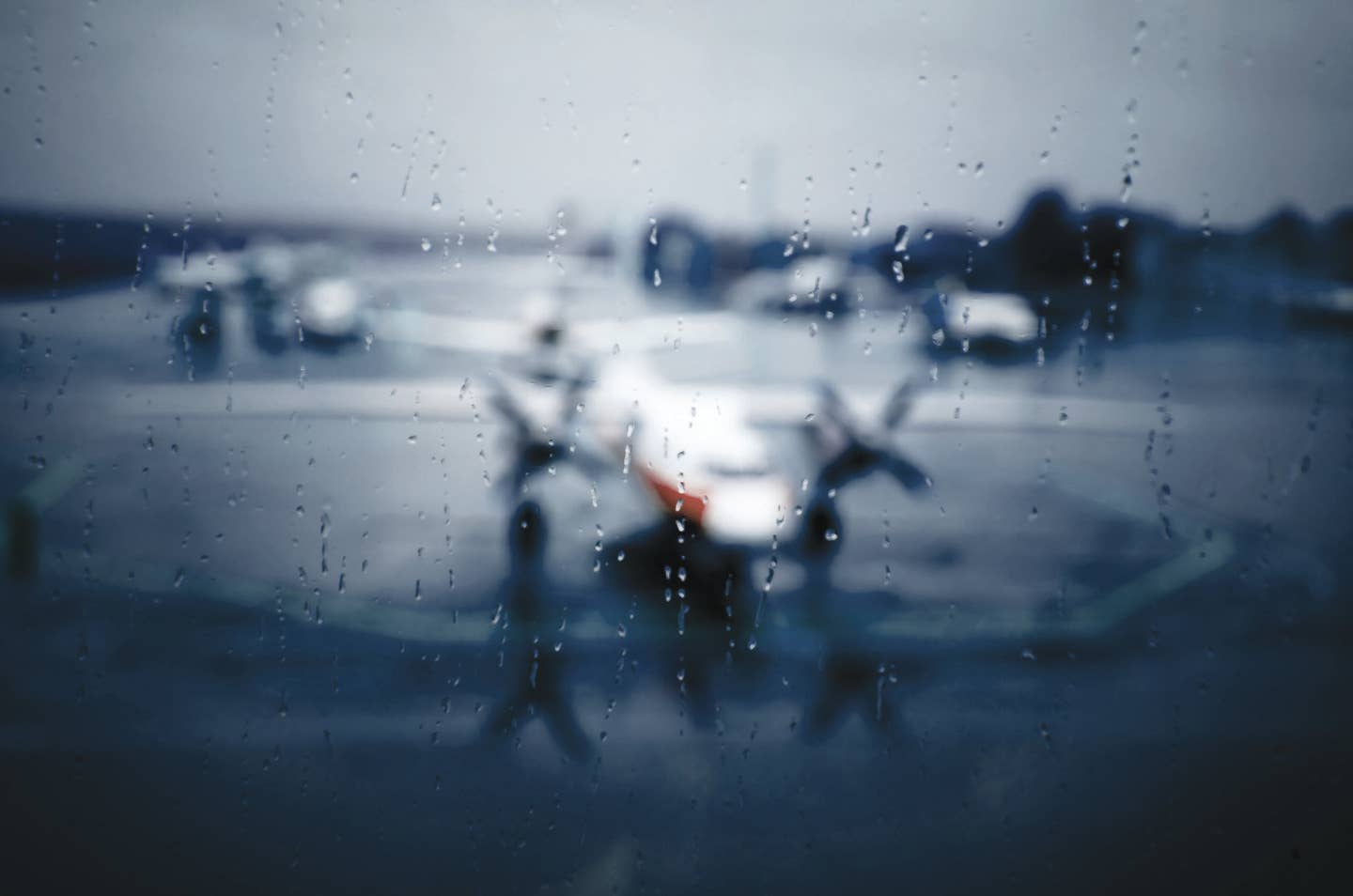
Piston engines don’t run well on water or anything other than what they’re designed to burn. Water can be present in the fuel from condensation, particularly if the tanks are not kept full. Since water is heavier than fuel, it collects at the lowest points in the tanks, where the fuel strainers are located. That’s why we sump the fuel before starting up the airplane. If your airplane runs on 100LL, you’re most likely also used to looking for that slight blue color in the fuel tester to ensure that the correct type of fuel is in the tanks. Any water in the fuel tester will appear as a clear bubble below the blue fuel.
None of this should be news to you. But in some airplanes it may not be enough to simply push a fuel tester into a strainer to remove the water from the fuel. Airplanes, particularly those without much dihedral such as the Cessna Cardinal, may collect water in the outboard portions of the wings or other sections where there are no strainers.
To prevent corrosion and the potential for major problems over time, you can simply grab one wingtip and rock the airplane back and forth a few times. This way, any water that is stuck in the outboard portions of the fuel tanks will slosh down into the fuel sump areas. Wait a few minutes before sumping the tanks after rocking the wings to allow the water to settle.
Sumping is not to be taken lightly. A few years ago I flew with a student in his Mooney. The airplane had not been flown for a couple of months. When we sumped the fuel, I noticed that there was no color. We continued sumping several fuel testers full of water from each wing before we finally got to the good stuff.
Sump the airplane each time you fly, make sure the right type of fuel is in the tanks and rock the wings regularly to dislodge any water that may have settled away from the strainers.

Sign-up for newsletters & special offers!
Get the latest FLYING stories & special offers delivered directly to your inbox






